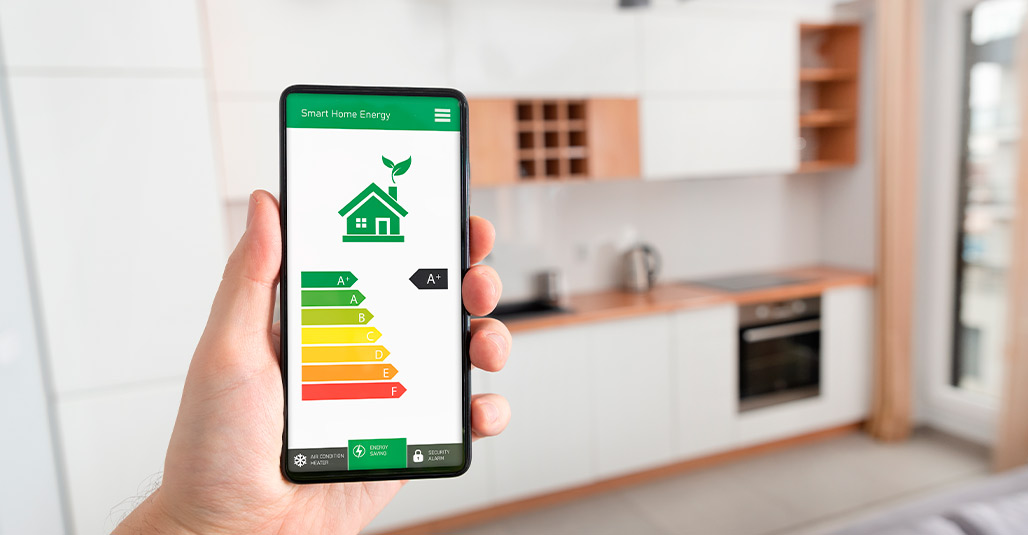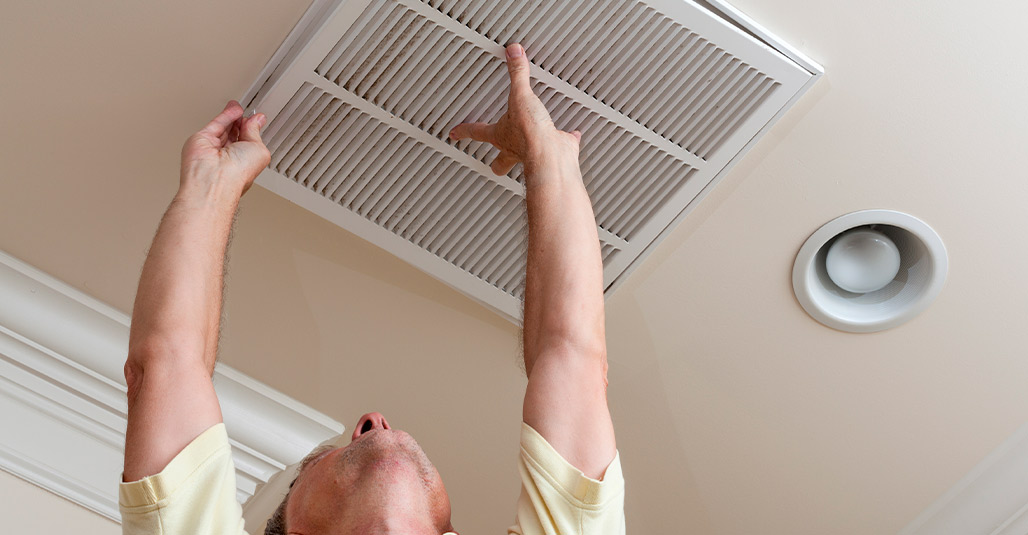09.22.2025
Energy-Efficient Home Upgrades That Pay Off in the RGV

The Rio Grande Valley’s unique climate presents distinct challenges for homeowners. With scorching summers, high humidity, and the looming threat of hurricane season, RGV residents face some of the highest energy costs in Texas. These extreme conditions can lead to excessive energy consumption and skyrocketing utility bills. Fortunately, several proven strategies can help reduce costs while improving comfort and sustainability:
- Energy-efficient upgrades not only reduce monthly expenses but also create more comfortable living spaces that better withstand South Texas weather extremes
- Environmentally conscious home improvements reduce carbon footprints while increasing property values
- Federal tax incentives under the Inflation Reduction Act, along with local utility rebates, make now an ideal time to invest in efficiency
As sustainable living gains momentum throughout the Valley, forward-thinking homeowners are discovering that strategic energy-efficient upgrades quickly pay for themselves through substantial savings.
Top Energy-Efficient Home Upgrades for the RGV Climate

Keeping your home comfortable in the Rio Grande Valley can be costly with its long, humid summers and high energy demands. Fortunately, targeted upgrades can significantly reduce cooling expenses, boost efficiency, and make your home more resilient to the region’s extreme weather. Here are the top improvements that deliver the biggest impact:
- Installing high-efficiency HVAC systems tailored for hot, humid conditions. In the Rio Grande Valley’s intense heat, upgrading to an energy-efficient air conditioning system can reduce your cooling costs by up to 30%. Look for systems with a SEER rating of 16 or higher and proper sizing based on your home’s square footage.
- Upgrading insulation and sealing air leaks to reduce cooling costs. Proper insulation in attics, walls, and floors prevents cool air from escaping during hot RGV summers. Focus on sealing gaps around windows, doors, and where utilities enter your home. This simple upgrade can decrease energy bills by 15-20% while enhancing comfort.
- Switching to ENERGY STAR-rated appliances and lighting. Replace outdated appliances with ENERGY STAR models that consume significantly less electricity. Similarly, switching from incandescent bulbs to LEDs can reduce lighting energy use by up to 80% while generating less heat, particularly beneficial in the RGV’s hot climate.
- Using reflective roofing materials and window treatments to minimize heat gain. “Cool roofs” with reflective materials can lower roof temperatures by up to 50°F during peak summer heat. Combine this with low-E window coatings or solar screens to block up to 70% of heat gain while still allowing natural light.
- Adopting smart thermostats and home automation for optimized energy use. Programmable smart thermostats can automatically adjust temperatures based on your schedule, potentially saving 10-15% on cooling costs. Integration with whole-home energy management systems allows you to monitor and control energy usage remotely, ensuring efficiency even during the RGV’s unpredictable weather patterns.
Financial Incentives and Rebates Available in the RGV

Lowering energy costs doesn’t have to be expensive. Homeowners in the Rio Grande Valley can tap into a variety of rebates, tax credits, and grants that make energy-efficient upgrades more affordable. Here are the key programs and opportunities to explore:
- Local Utility Rebates: RGV residents can take advantage of several utility-sponsored incentive programs. AEP Texas offers rebates for high-efficiency HVAC installations, insulation upgrades, and energy-efficient appliances. Members are also provided with rebates for heat pump installations and energy-efficient home improvements through some providers. Check your specific utility provider’s website or customer service department for current offerings tailored to RGV’s unique climate challenges.
- Federal Tax Credits: The Inflation Reduction Act has significantly expanded tax credits for energy-efficient home improvements. RGV homeowners can claim up to 30% of costs for qualifying upgrades like solar installations, energy-efficient windows, and high-efficiency HVAC systems. These credits can substantially reduce the upfront costs of major energy improvements.
- Finding Local Grants: The Texas Department of Housing and Community Affairs offers weatherization assistance programs specifically for low-income households. RGV residents should also explore city-specific programs through McAllen, Brownsville, and Harlingen municipal websites. Additionally, local nonprofit organizations sometimes provide energy efficiency grants for qualifying homeowners.
- Maximizing Combined Savings: Strategic planning can help you stack multiple incentives. Start with a professional home energy assessment to identify eligible improvements. Then research applicable federal, state, and local incentives before beginning work. Keep detailed records of all improvements, costs, and energy savings to ensure you qualify for all available incentives. Working with experienced local contractors like Nex-Gen Builders can help navigate these opportunities for maximum financial benefit.
Steps to Make Your RGV Home More Energy-Efficient

Transform your Rio Grande Valley home into an energy-saving powerhouse. The journey begins with a systematic approach that ensures maximum return on your investment while enhancing comfort in the South Texas climate.
- Start with a comprehensive energy audit. This professional assessment identifies specific areas where your home loses energy and recommends targeted improvements. In the RGV’s unique climate, an audit can reveal critical issues like inadequate insulation or ductwork leaks that significantly impact cooling costs.
- Prioritize upgrades based on ROI and comfort impact. Focus first on improvements that deliver the greatest savings relative to cost. In the Valley, this typically means addressing cooling efficiency, insulation, and air sealing before moving to appliance upgrades.
- Select qualified, experienced contractors. Look for professionals with specific experience in energy-efficient renovations in the RGV climate. Check reviews, verify licensing, and request references from similar projects. The right contractor will understand local building codes and climate-specific solutions.
- Track your energy savings. After completing upgrades, monitor your utility bills to document actual savings. Many homeowners find that strategic improvements reduce energy costs by 20-30%, effectively paying for themselves over time.
Enhance your home’s energy efficiency while saving money in the long run. Nex-Gen Builders offers innovative solutions tailored to the unique climate of the Rio Grande Valley. From energy-efficient construction techniques to cutting-edge renewable energy systems, our expert team is dedicated to creating sustainable living spaces that minimize energy use and maximize comfort. Discover how you can transform your home with our advanced building practices and premium materials. Start your journey towards an eco-friendly home. Contact Nex-Gen Builders today!
Frequently Asked Questions

1. How do I know which type of insulation is best for my home?
While the blog highlights the importance of insulation, it doesn’t explain that different materials perform differently in RGV’s hot, humid climate. Spray foam offers superior air sealing, fiberglass is cost-effective for attics, and cellulose is eco-friendly. A professional energy auditor can help you choose the right type for your home’s construction and budget.
2. Do energy-efficient windows eliminate the need for window coverings?
Not necessarily. Even with low-E coatings and double-pane glass, combining efficient windows with thermal curtains or solar screens offers maximum heat control during the RGV summer. This layered approach improves comfort and reduces strain on your HVAC system.
3. Can HVAC upgrades improve indoor air quality?
Yes! And this is often overlooked. Modern high-efficiency systems can include better filtration, humidity control, and even air purification technology. This is especially beneficial in the RGV where high humidity can promote mold and allergens.
4. What should I know about solar panel maintenance?
Panels generally need minimal maintenance, but they should be inspected annually and cleaned periodically to remove dust, pollen, and debris that can reduce efficiency. Many solar installers offer maintenance packages.
5. Do smart thermostats work with all HVAC systems?
Not all smart thermostats are compatible with older HVAC units or multi-stage systems. Before purchasing, check compatibility with your equipment model or consult an HVAC professional to avoid wiring or communication issues.



